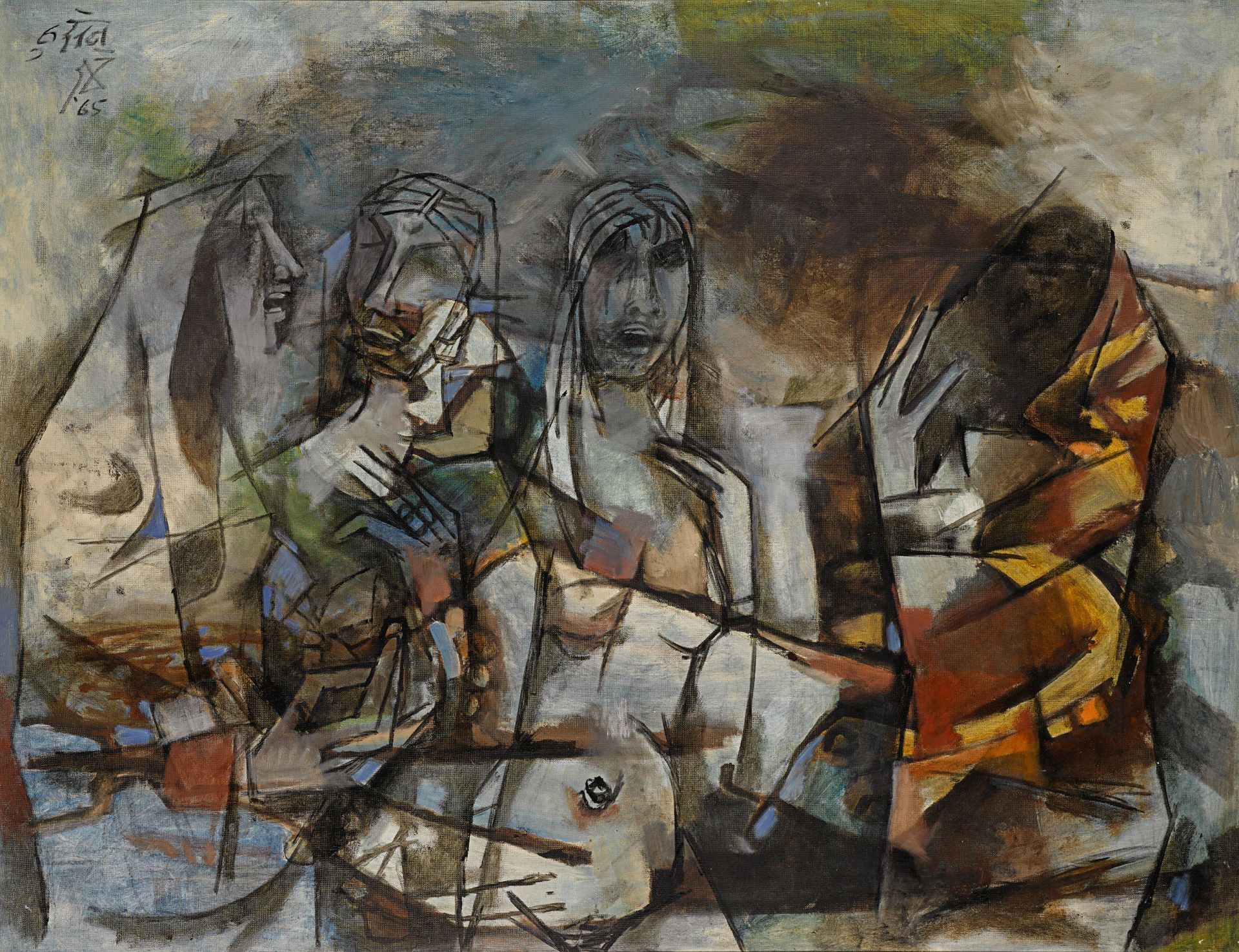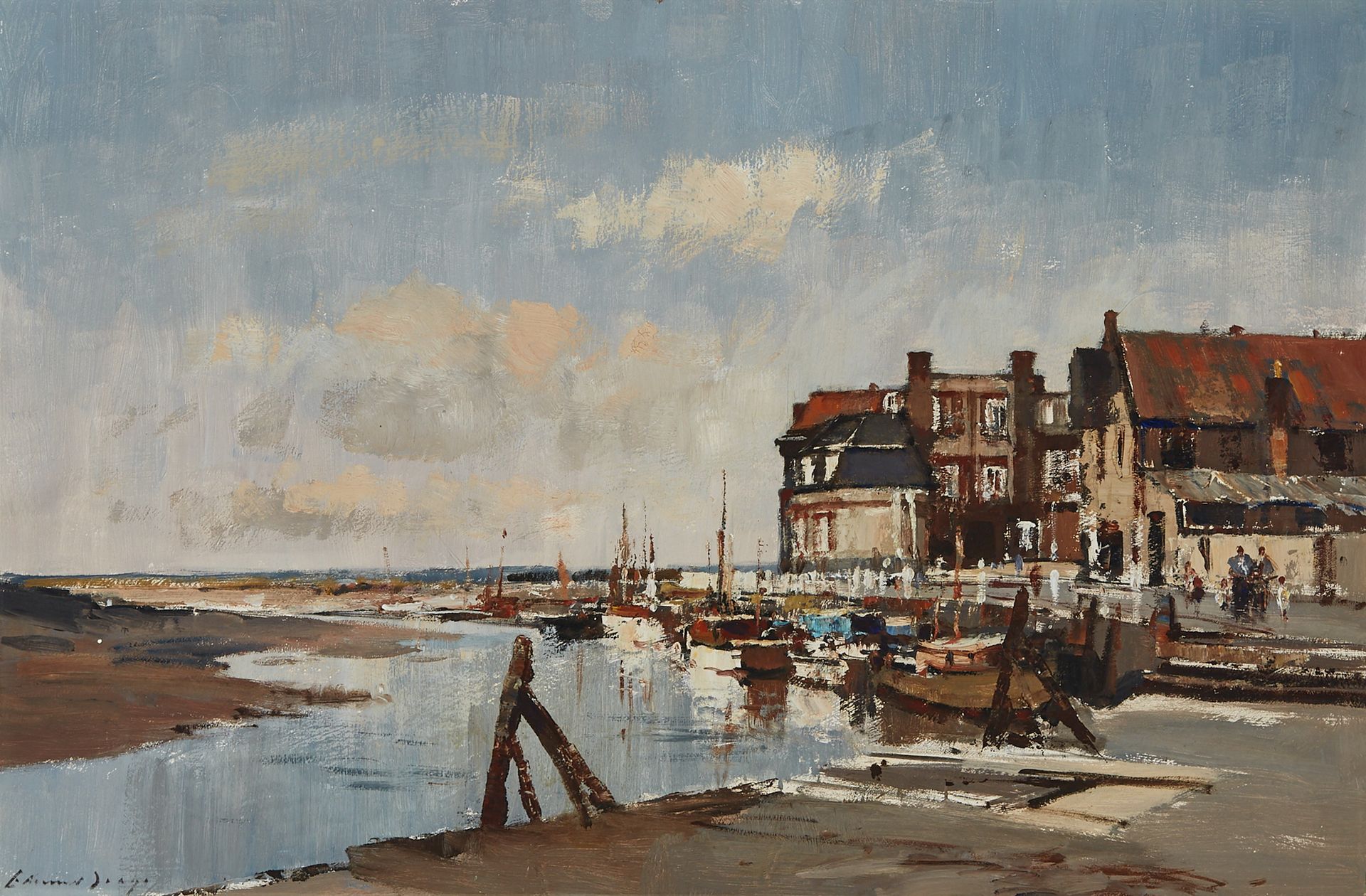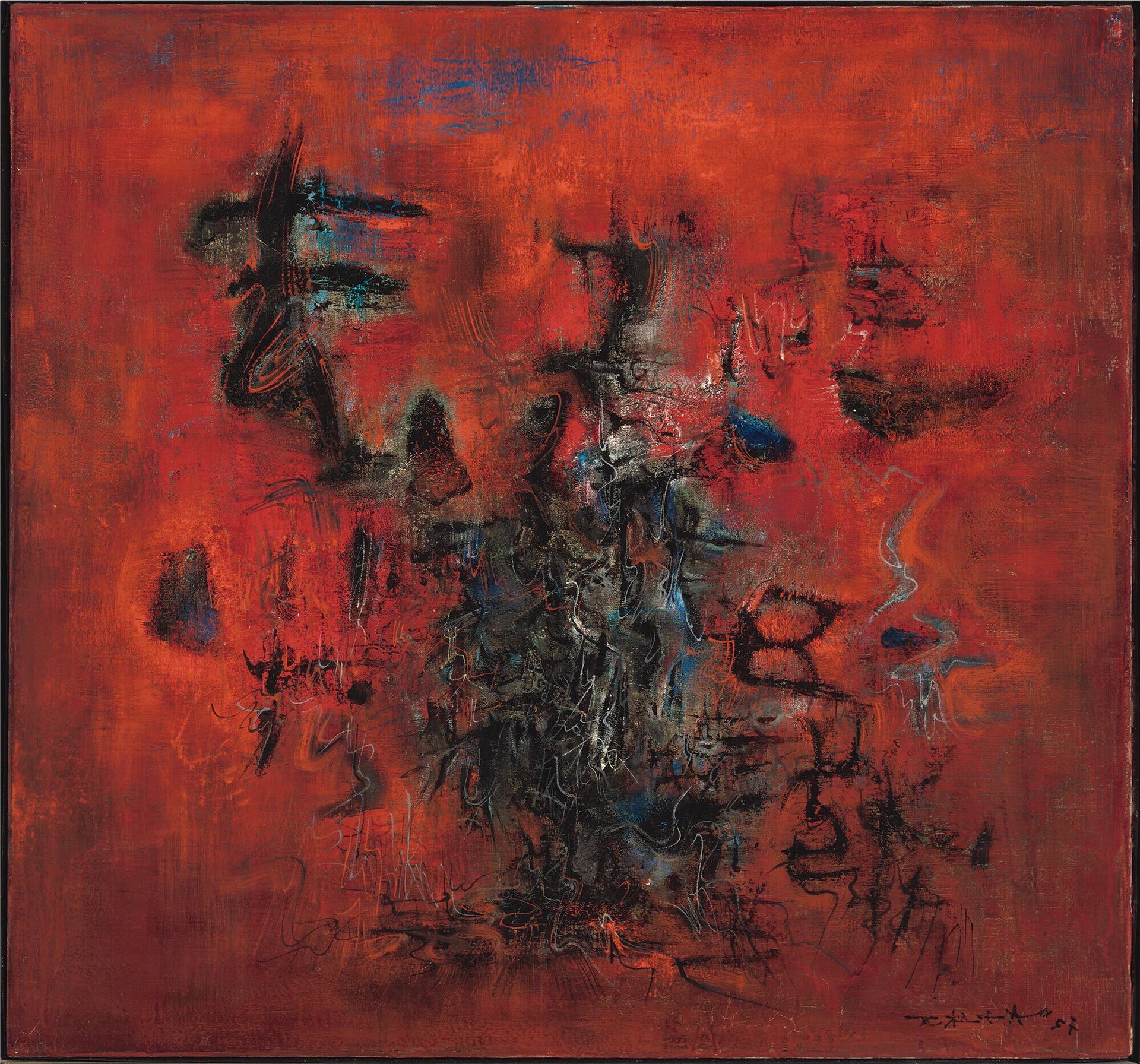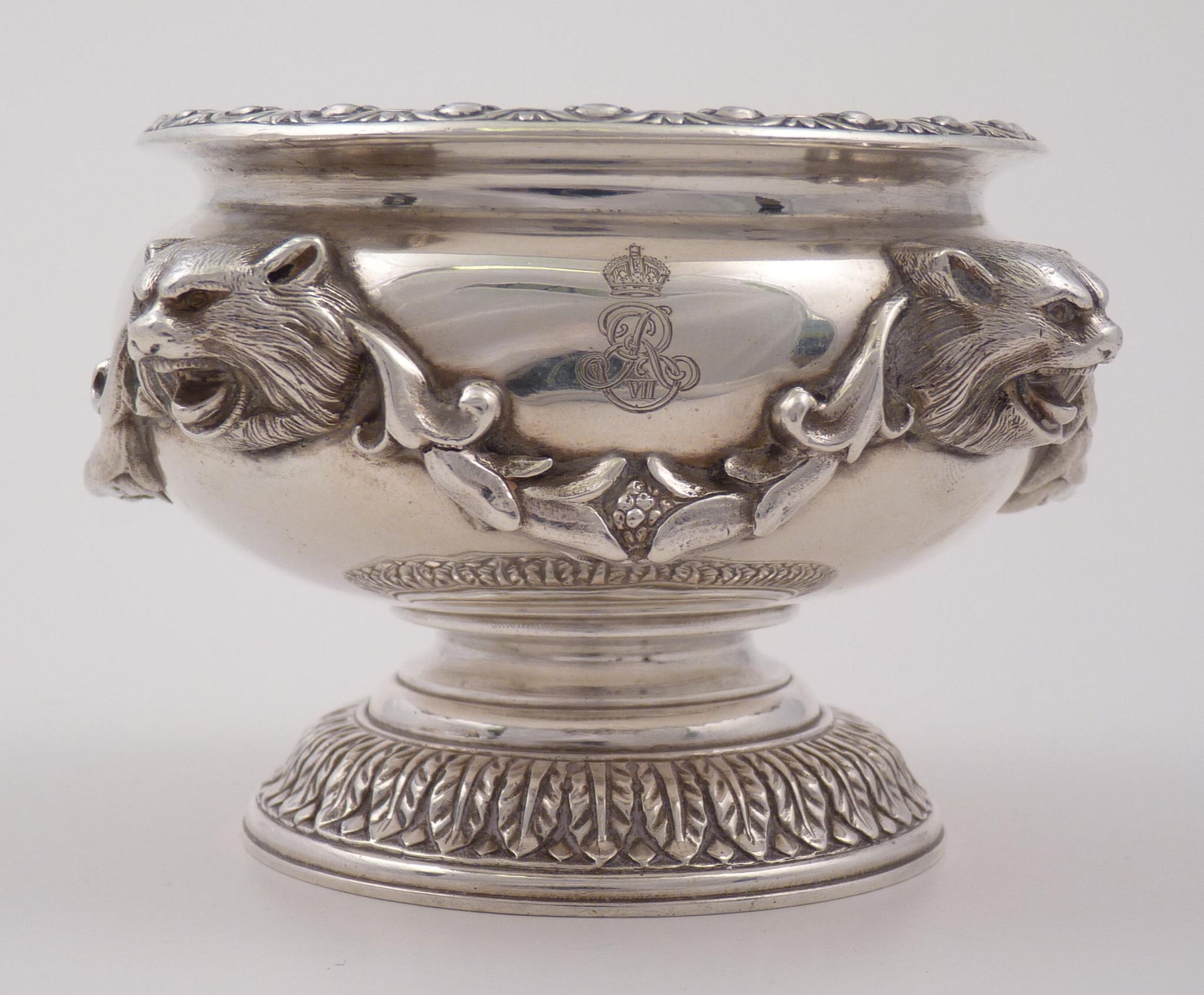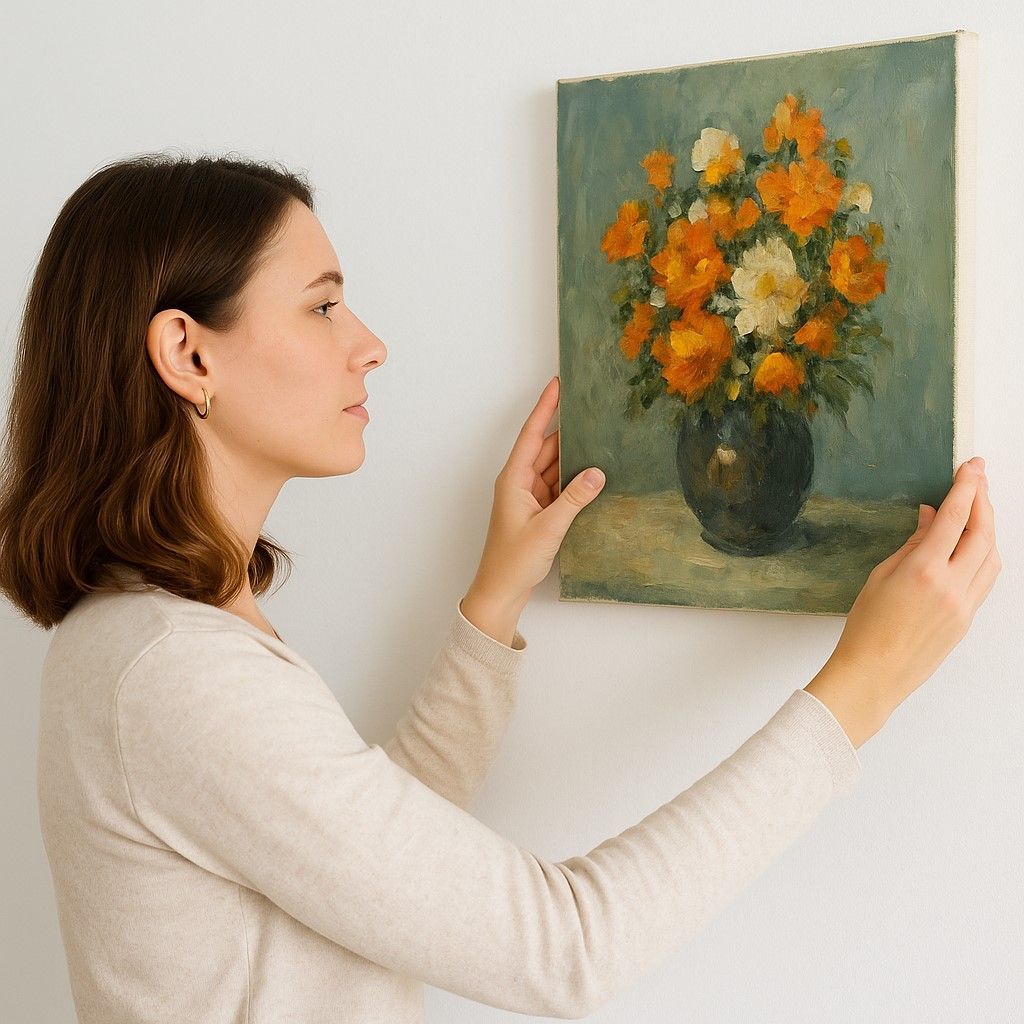Share post
This is a short article written by Debra Stanislawski about some Indigenous artists and art.
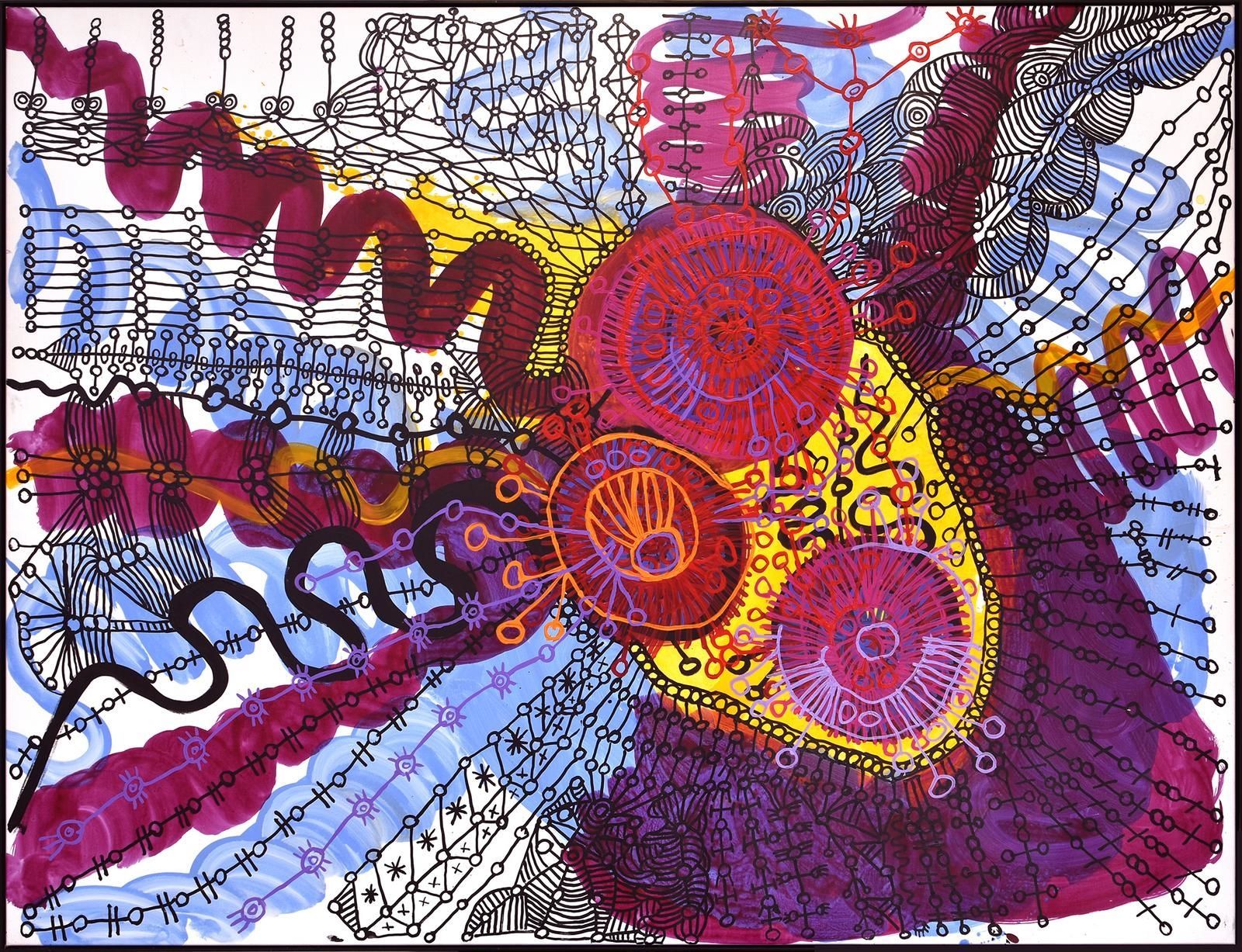
Indigenous artists’ artwork has frequently been overlooked until recently. Whilst it has often sparked the curiosity of scientists and anthropologists, the art world did not necessarily see it in quite the same way. In the last few years; however, there has been an upward trend in interest for indigenous art. Greater representation at art exhibitions and museums, or perhaps a greater interest in nature-centric art and the use of ancient techniques could be contributing factors. Indigenous art exhibitions have been held at the Venice Biennale, across Australia (at numerous galleries), Centre Georges- Pompidou, and at Tate Modern. There has been a particular increase in a desire for art by women, including non-cis women.
Some artists to consider include:
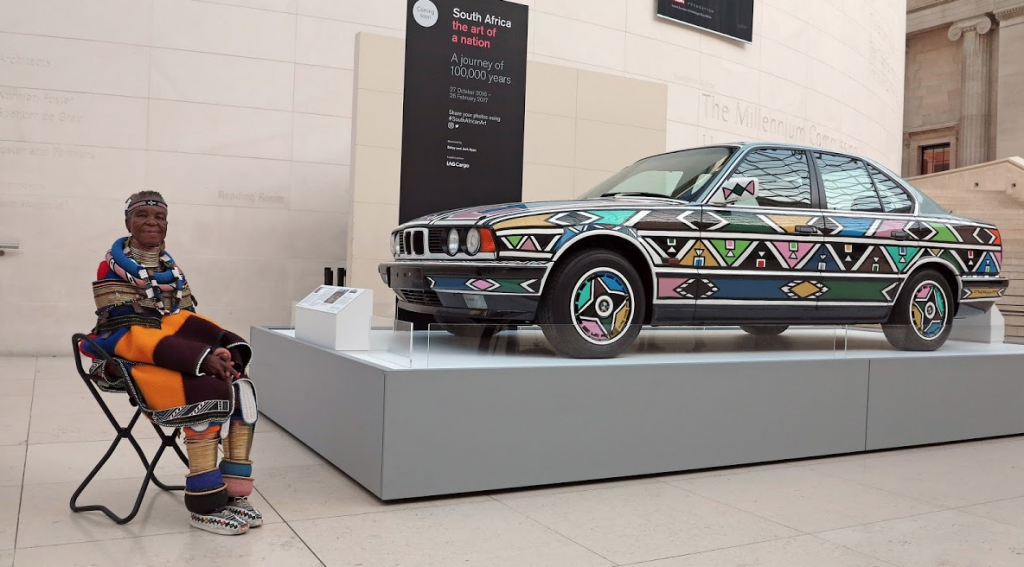
Indigenous South African, Dr Mahlangu, is an artist who learnt her art from the Ndebele women in her family and started learning it aged ten. She passes on those skills to young girls of her community to ensure that this mathematically derived art form is preserved. She was awarded an honorary doctorate for her contribution to mathematics. Like other traditional art forms, the Ndebele art has been used for storytelling. Dr Esther Mahlangu is probably best known for her painting of a Rolls-Royce which sold for over £750,000 at auction. The curator, Thato Mogotsi, said ‘She took something European and made it unapologetically African…That’s power.’
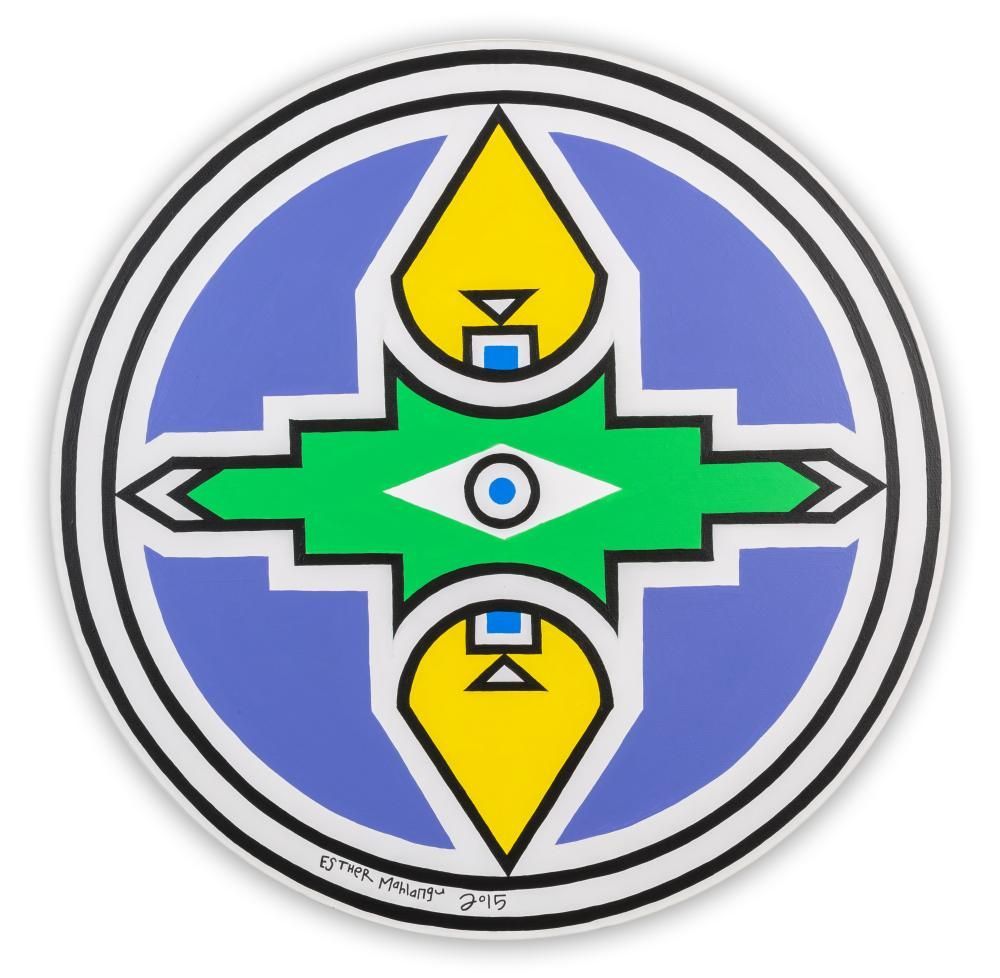
2. Aravini Art Project
This collective is an Indian group of cis and trans women that have followed in the footsteps of Dr Mahlangu, having designed a car of their own. These artists work together to create commissioned artworks. They also provide a healing space for those who have suffered as a consequence of discrimination. They use art as a therapeutic tool to transform the harm into something to be shared with others.
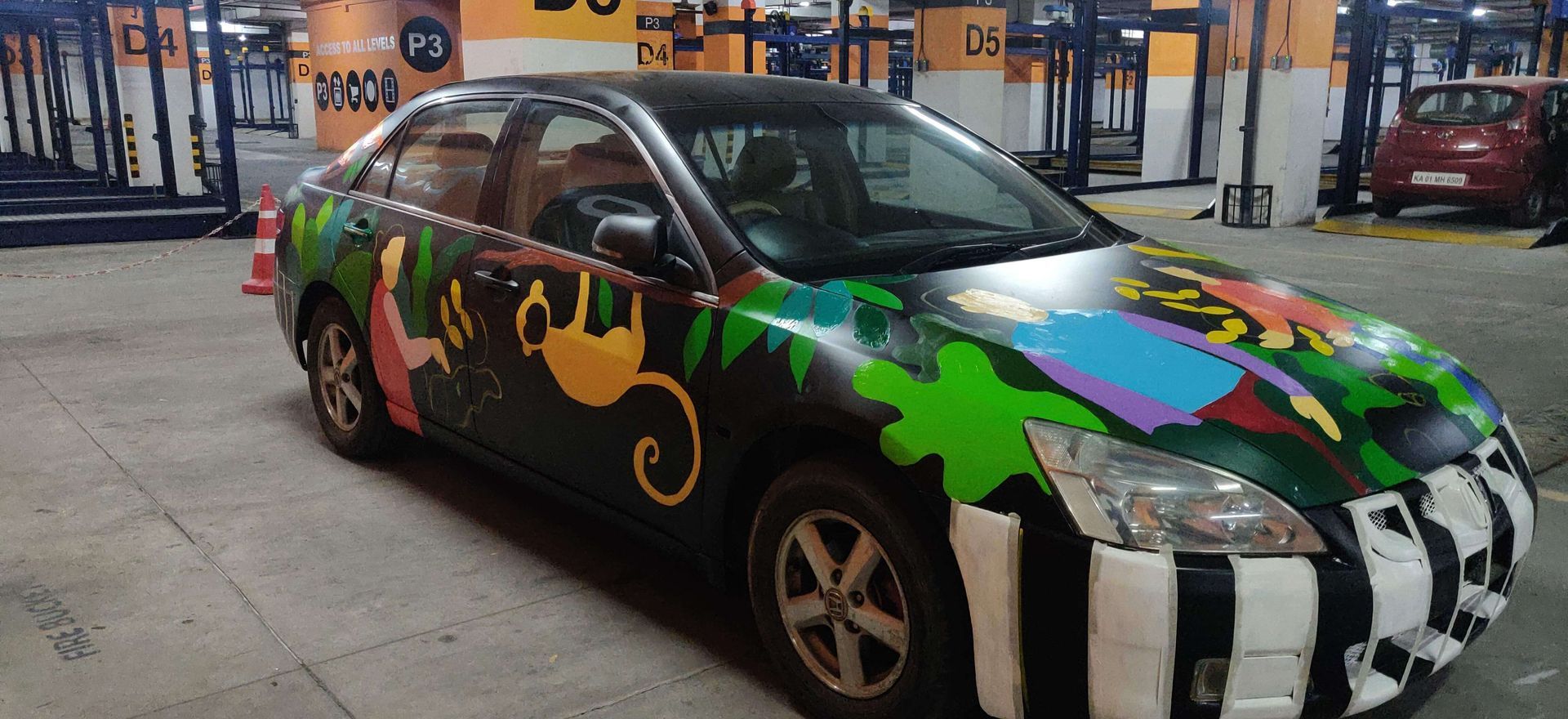
3. Barbara Weir
She was an Indigenous artist native to Australia who was known for painting in a traditional nature-inspired style. Initially, she began with traditional batik art and later moved into painting. Her work includes an emphasis on colour, line, and texture. She is the daughter of Minnie Pwerle and in youth was taken away from her indigenous life because she was mixed race. She was compelled to speak English and to forget all but the name of her home town 'Atnwengerrp' in her mother tongue.
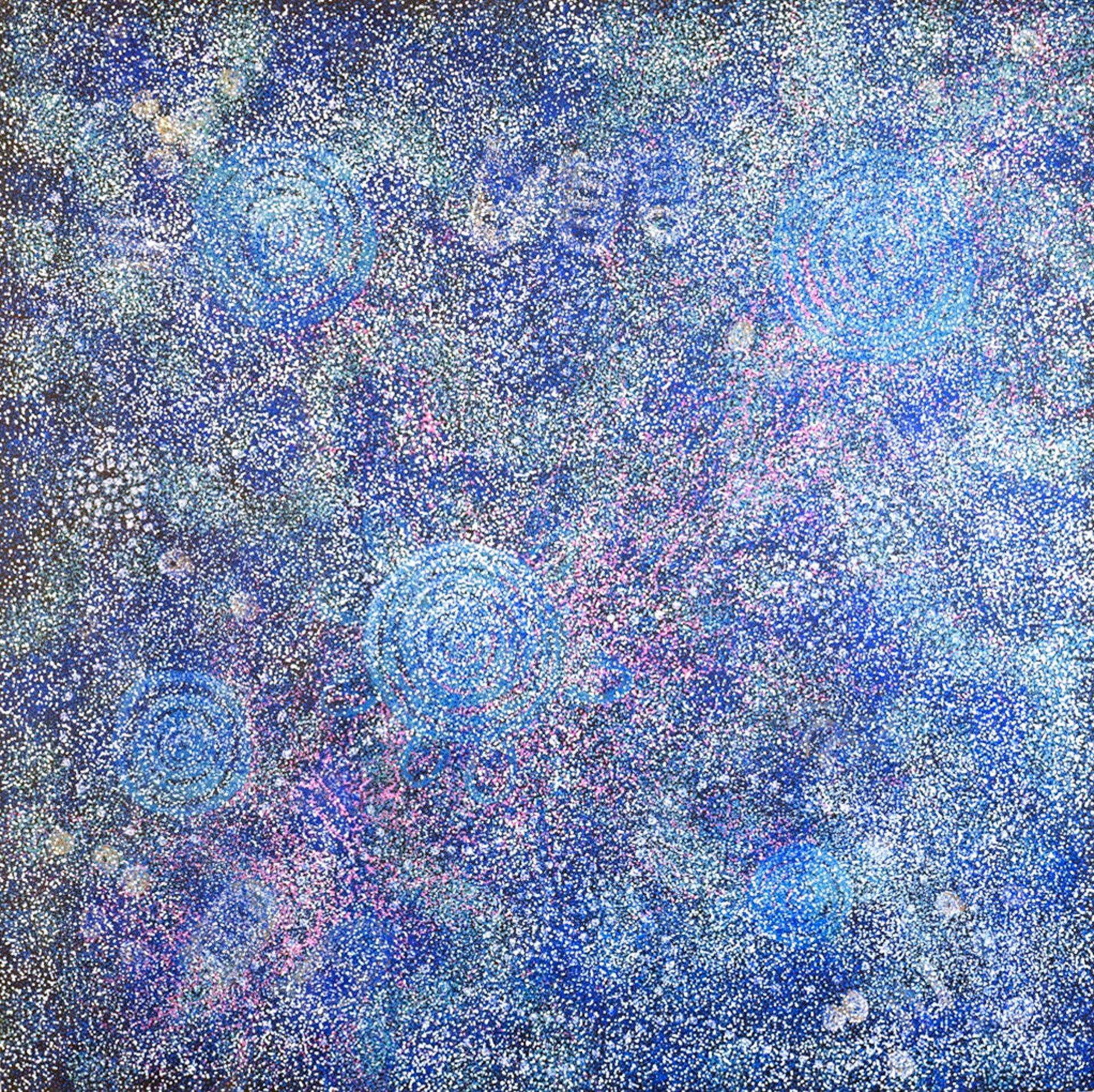
4. Minnie Motorcar Pwerle
She was an Aboriginal Australian artist who only began her art when she was over eighty years old. She was known to use ochre and traditional design techniques. Minnie started art after she was reconnected with her daughter, Barbara, and her works gained the attention of gallery owners. She was known for her use of traditional designs and her use of bright colours in a contemporary way.
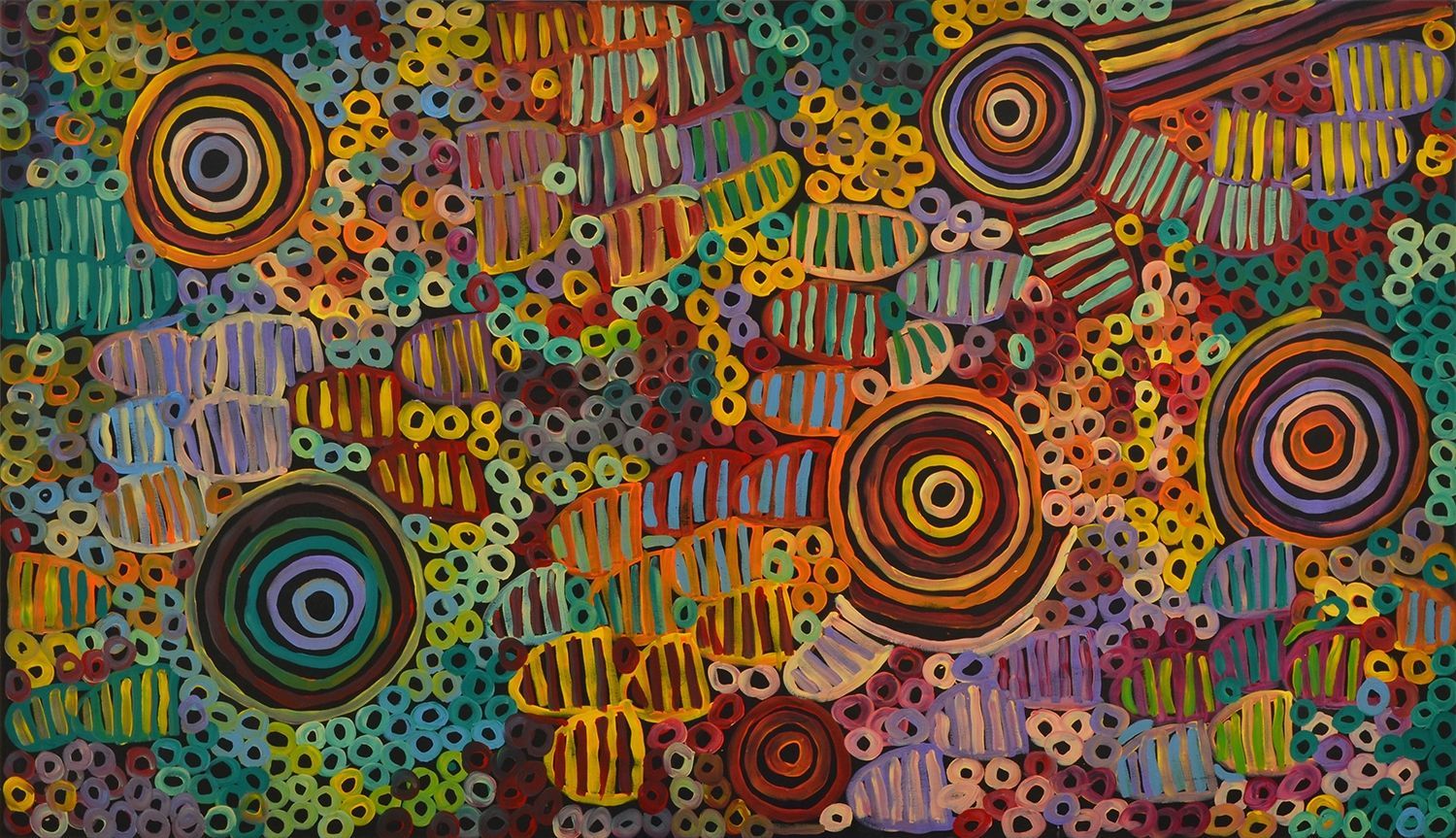
5. Edmonia (Wildfire) Lewis
She was the child of a Chippewa mother and black father. To study art, she used the earnings from her early works and moved to Rome, where she continued to learn and used Indigenous figures in her sculptures. She lived at a time when most artists were white and male. Her mother was an Indigenous North American woman who was also an artist and used traditional artistry as her source of income, selling her art to tourists.
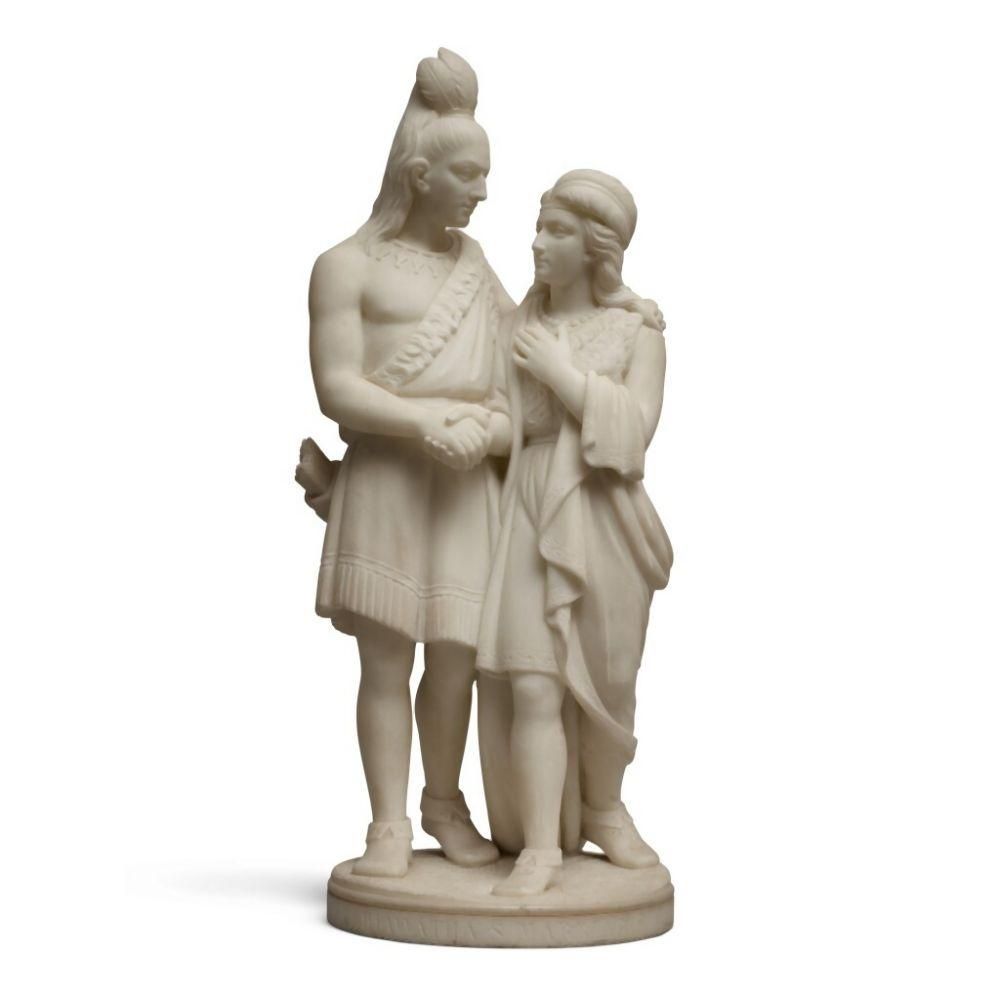
6. Emily Kam Kngwarray
She started art later than many, commencing when she was seventy years old and made art for only eight years. In those short, eight years that she was an artist, she produced over three thousand works of art. Her work filled a gap between western abstract art and traditional art forms. Her art focus was on 'dreaming,' which is the way that Utopian Australian Indigenous people preserve their understanding of the world and the role humans have in it.
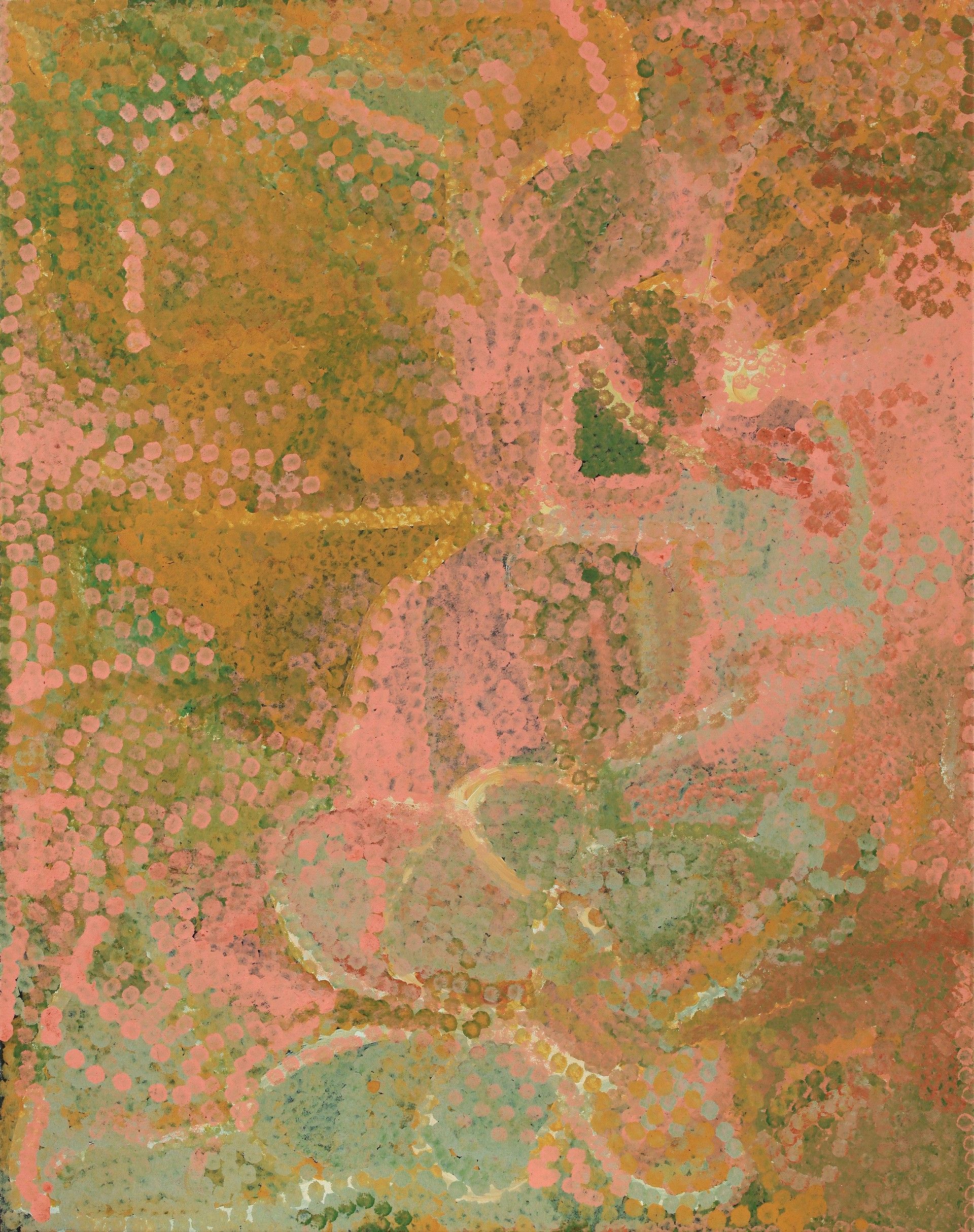
7. Yaritji Young
She is an artist painting with bright colours who uses nature themes. She spent much time focusing on the honey ant. She is an Aboriginal artist from Australia. She is also a leader in the Aboriginal legal community. She paints and teaches her grandchildren to dance so that future generations learn their culture, just as she had learnt from her own grandmother.

She studied literature and physics before pursuing art. She is a self-taught artist native to Bali, Indonesia. She has re-interpreted a traditionally male Kamasan painting technique, which has been around since the fifteenth century, into a less objectifying art form. Her interpretations include women who are strong and powerful. She wanted to use the art form to demonstrate the oppression that was a part of colonialism and to counter discourses where local art was devalued next to western art.

9. Shuvinai Ashoona
She is an Inuit artist, from Baffin Island in Canada. She comes from a family of artists and sculptors. She was born the eldest in a family of fourteen children, who she helped raise. Her art was developed and acquired from her elders, and the knowledge they shared. She never formally studied art. She is humble in her self descriptions, seeing herself as a small figure in a vast world.
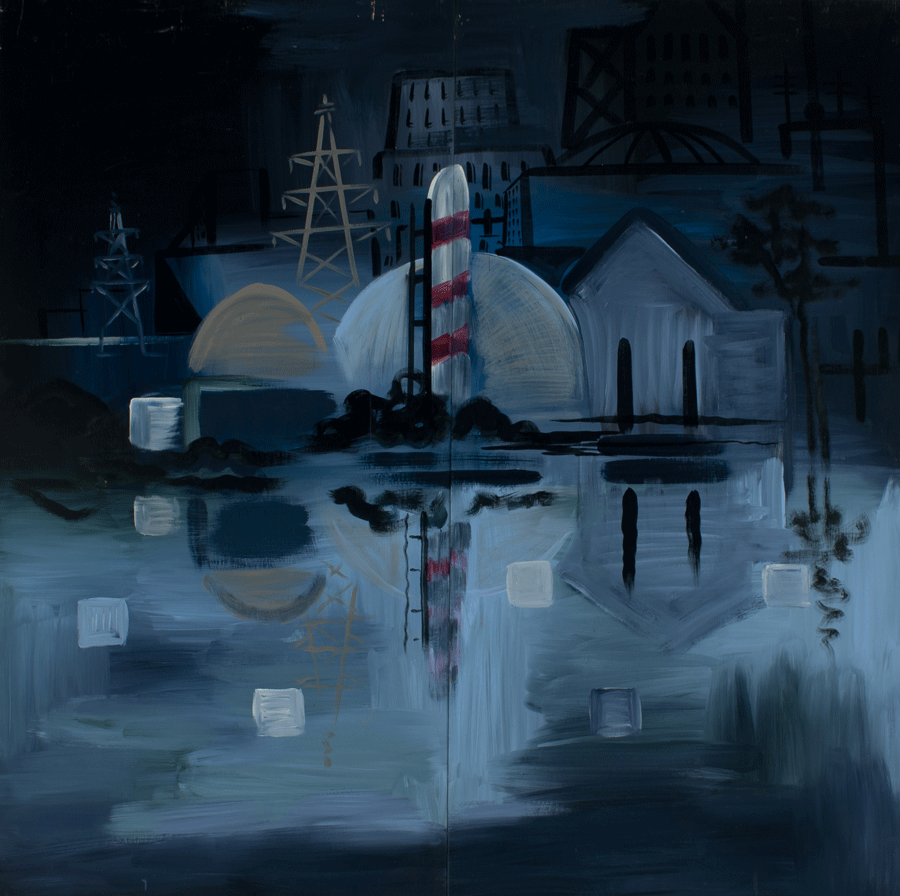
10. Wanda Koop
She is an artist born in Canada who is best known for being close to the Canadian indigenous community. She was not born into the indigenous community, yet has advocated for indigenous rights through her art. She mentions ‘Canada didn’t belong to us’ and has been ’concerned with how we treat Indigenous peoples and how deeply we need to listen to what they say about the environment.’ Her family fled the Russian Revolution and settled in Canada. Her art showcases loss as a theme consistent with not only those of indigenous communities but also for those fleeing persecution and other forms of oppression.
As demonstrated, Indigenous artists cover many themes with their art. Their contributions to society have started to become appreciated, not only for their ties to nature but also for their inclusivity, and their approaches to daily life.
The ever-changing market for indigenous art suggests a need for a valuation if one has not been done in some years. Should you require one, please contact the team at Quastel Associates for additional insight.

